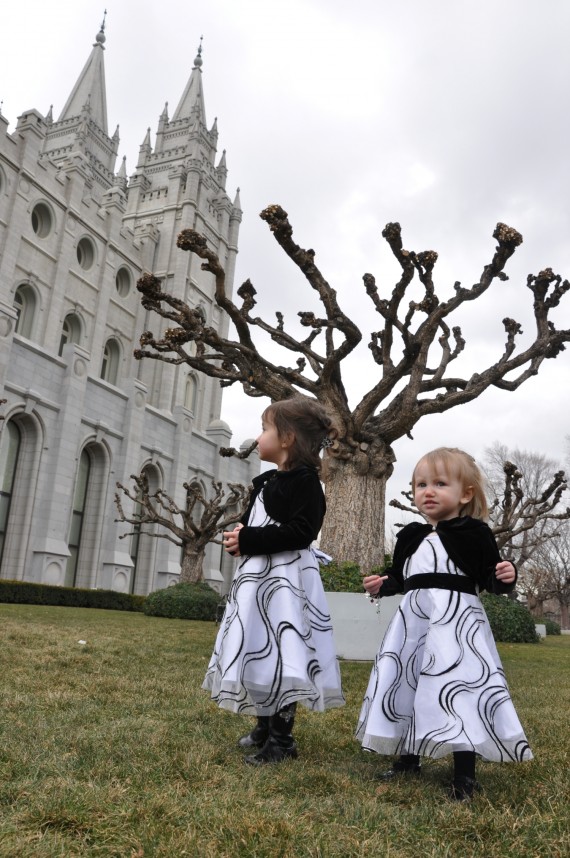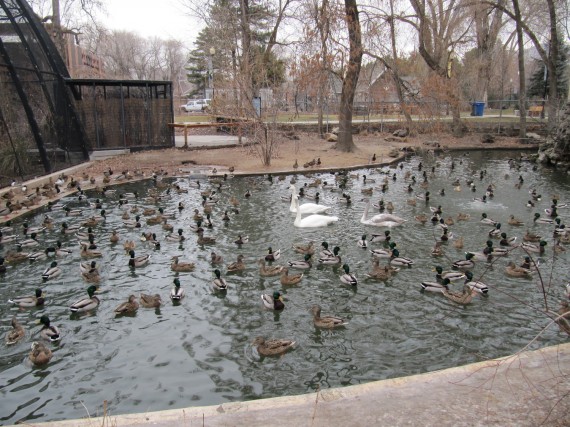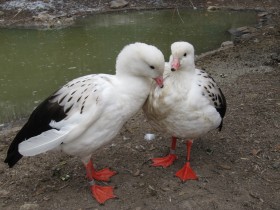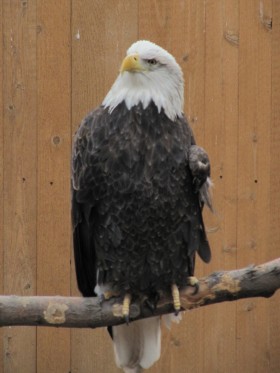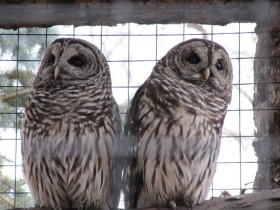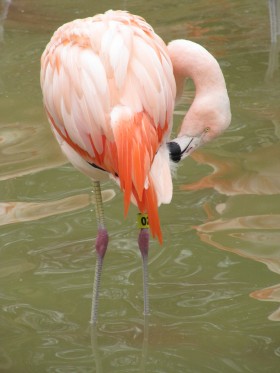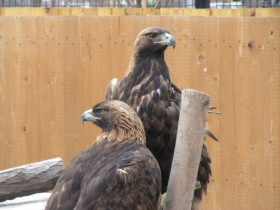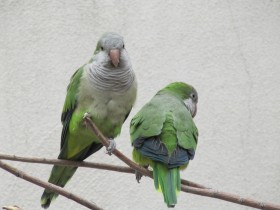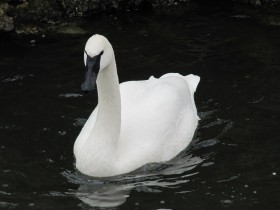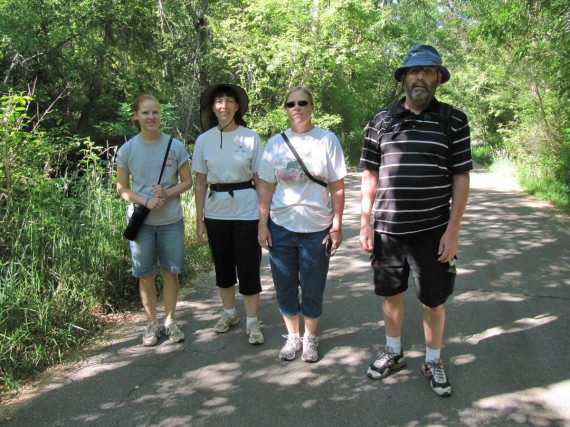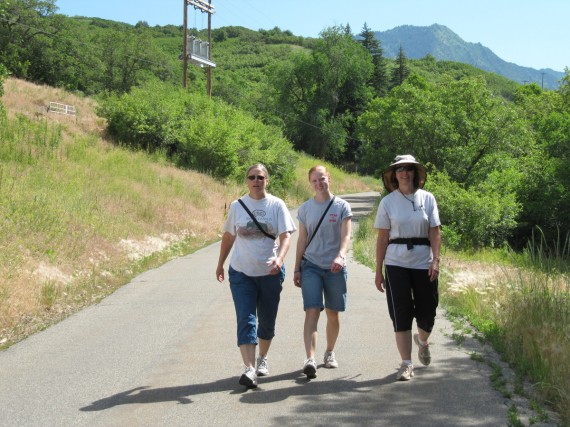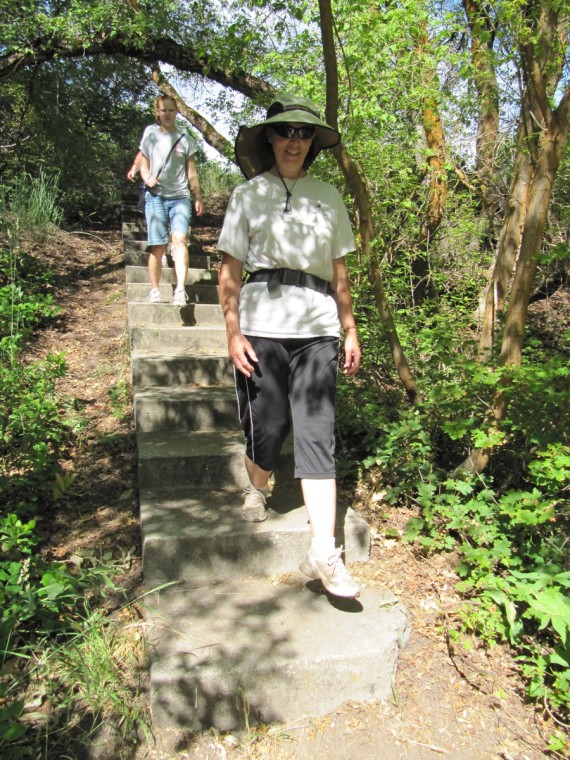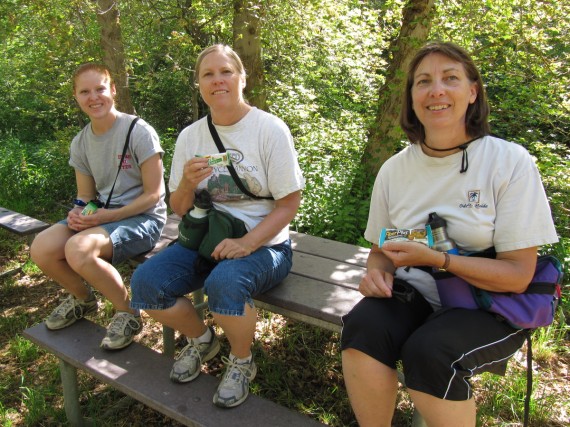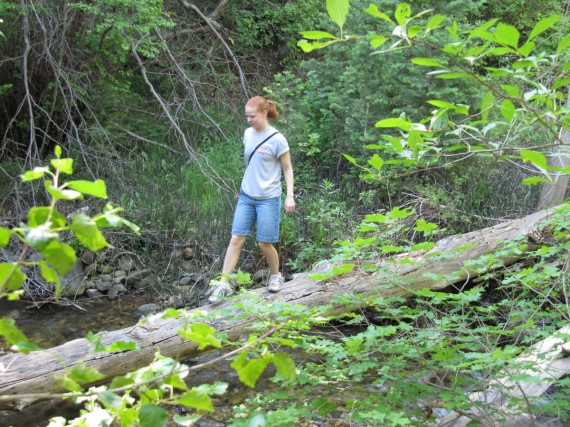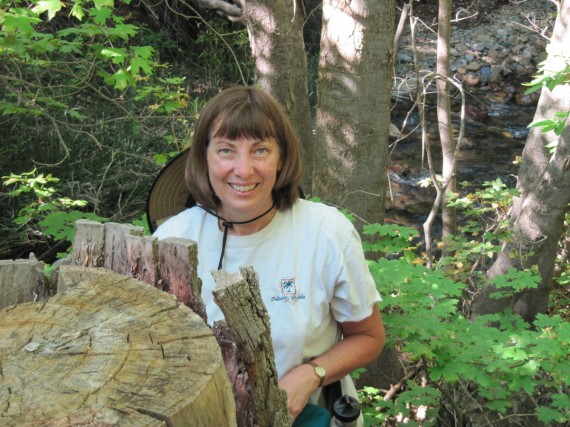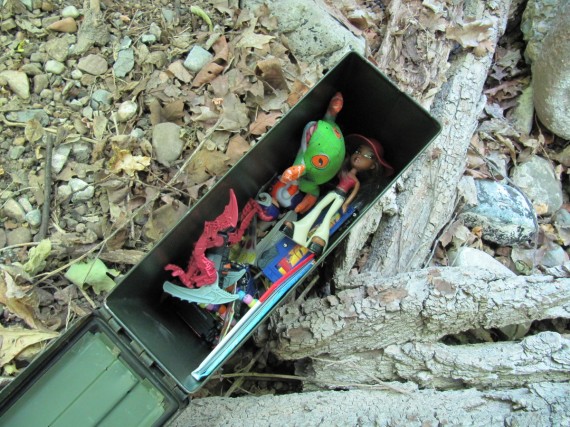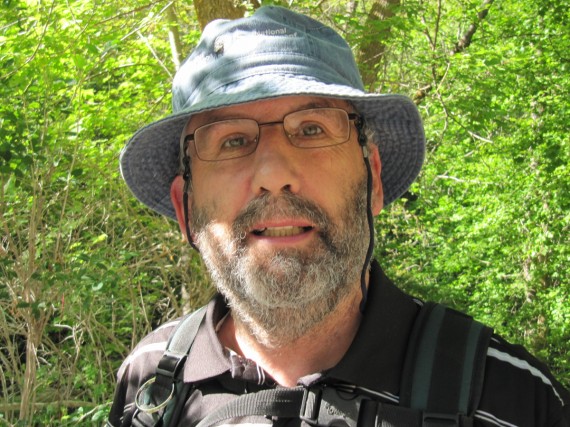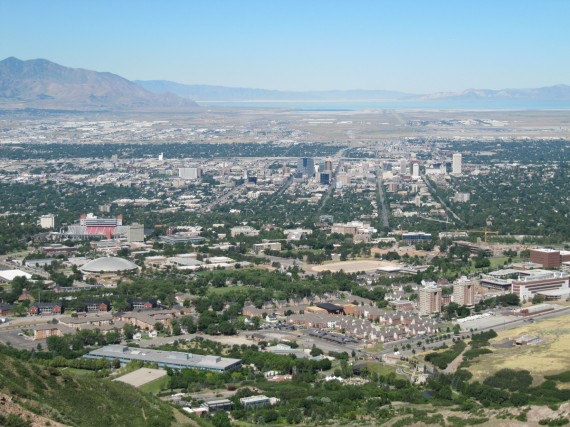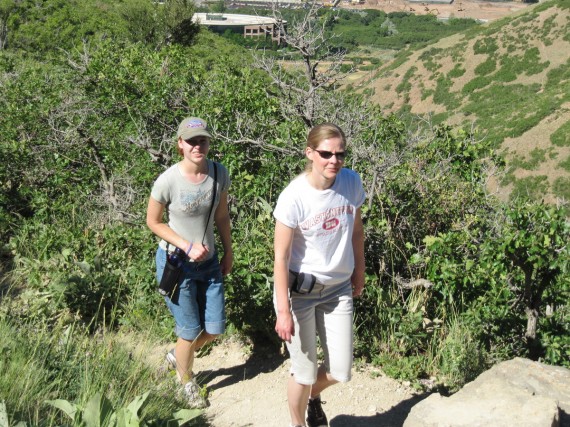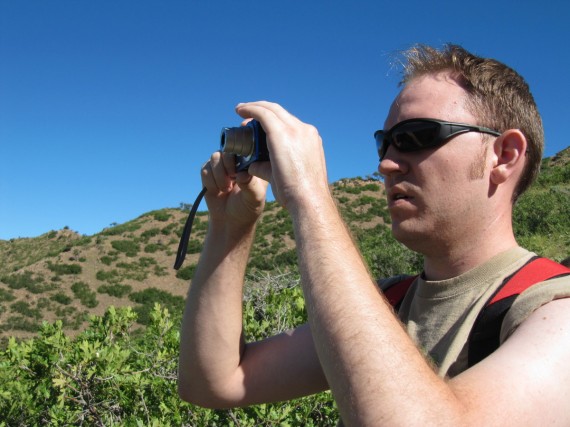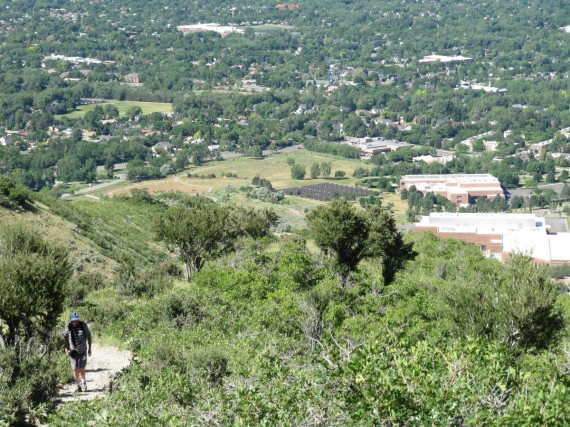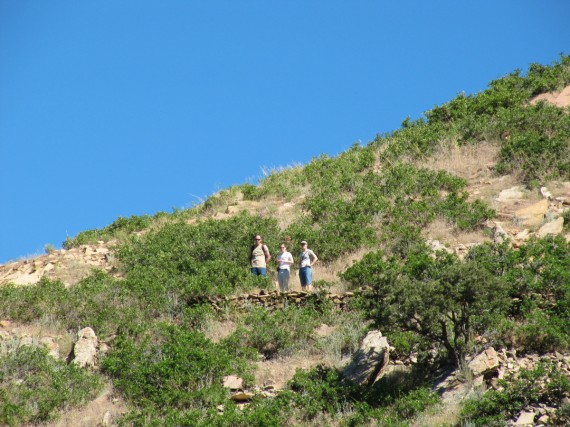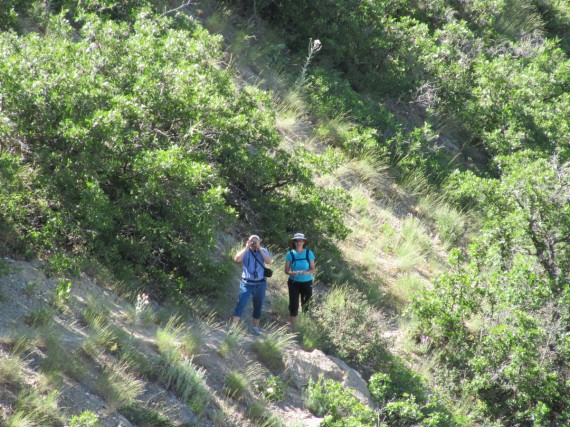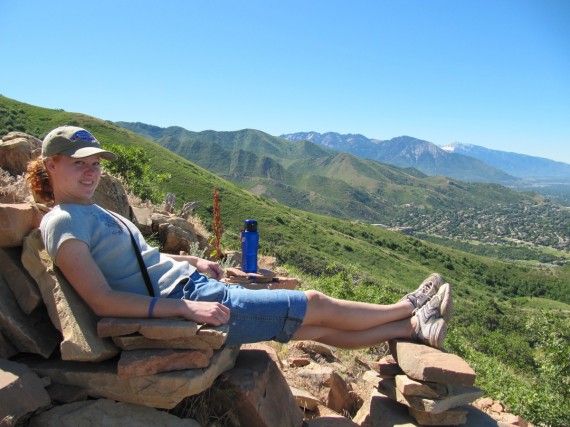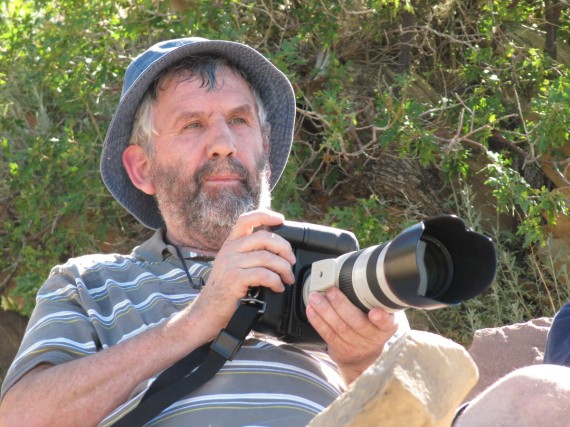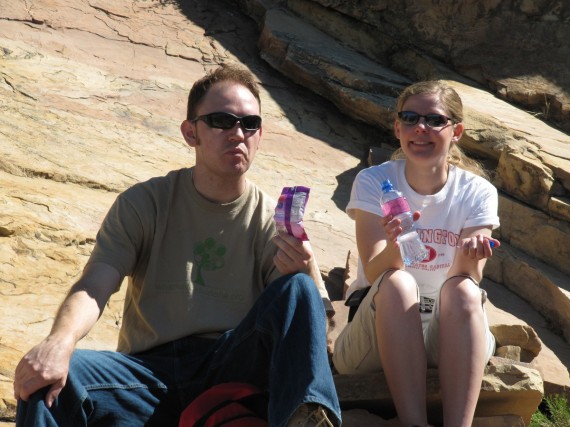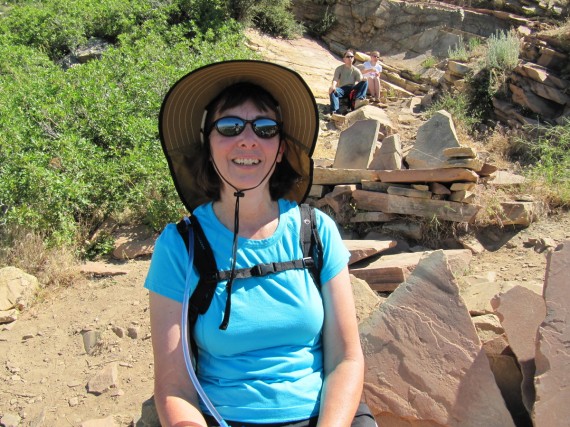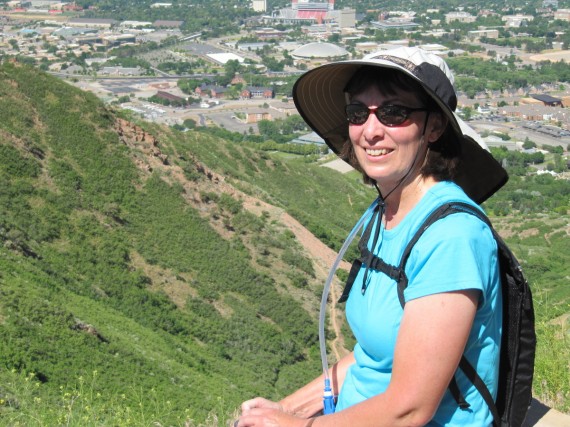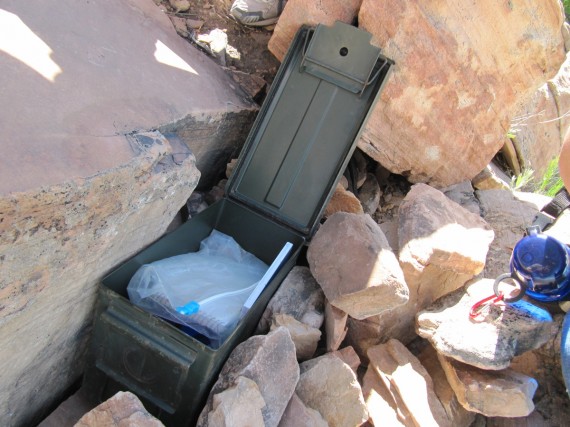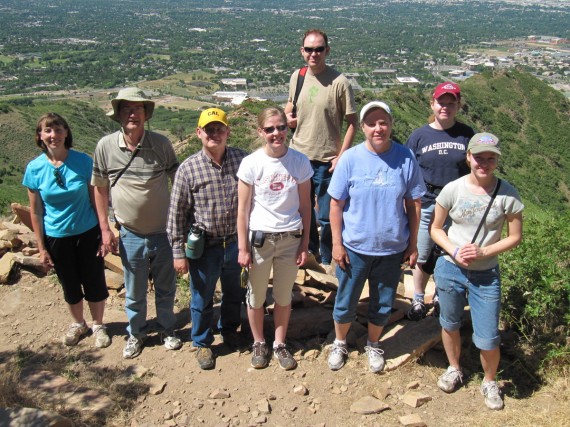Last week my granddaughters Aurora and Cassandra went to the wedding of their mother’s cousin Alyse. This photograph was taken in the grounds of the Salt Lake Temple while Alyse and Adam were getting their pictures taken.
1 I love to see the temple.
I’m going there someday
To feel the Holy Spirit,
To listen and to pray.
For the temple is a house of God,
A place of love and beauty.
I’ll prepare myself while I am young;
This is my sacred duty.
2 I love to see the temple.
I’ll go inside someday.
I’ll cov’nant with my Father;
I’ll promise to obey.
For the temple is a holy place
Where we are sealed together.
As a child of God, I’ve learned this truth:
A fam’ly is forever.
Photo Credit
“A Place of Love and Beauty” by Ada
Song
“I Love to See the Temple” #95 Children’s Songbook of The Church of Jesus Christ of Latter-day Saints. Words and music: Janice Kapp Perry.

